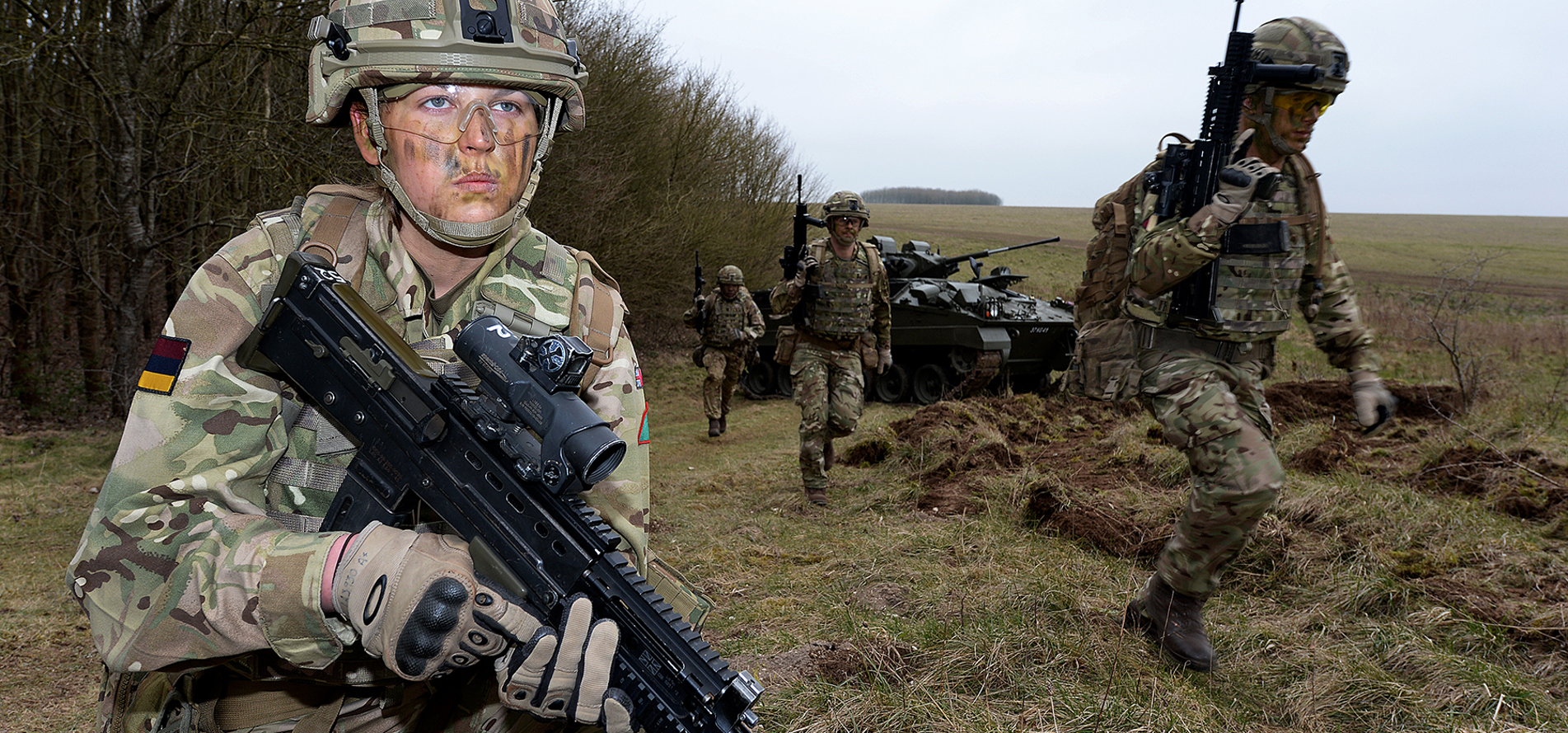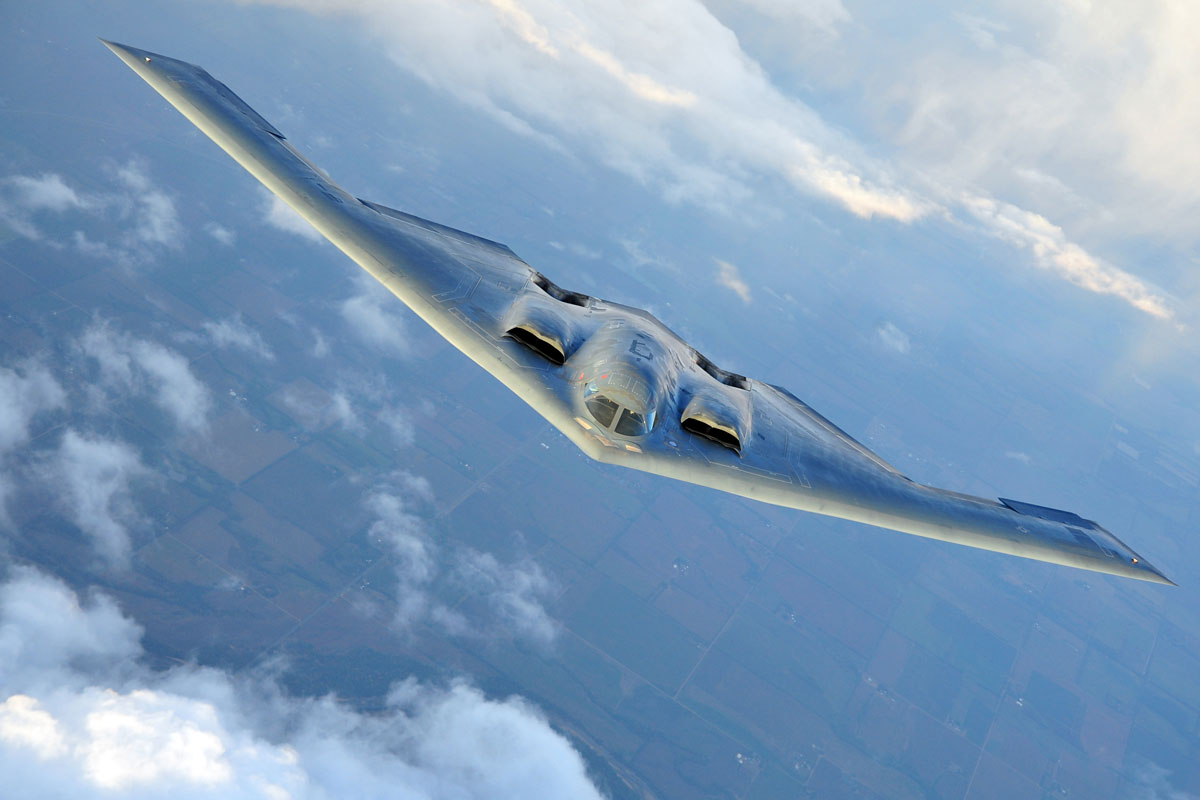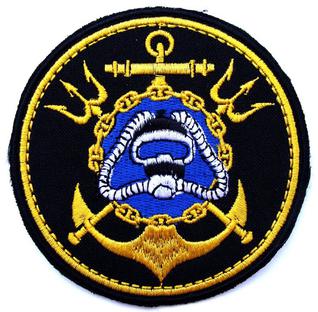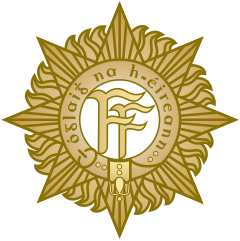
Encrypted and Encoded
The Government of The Republic of Ireland has authorized the mobilisation of all its able bodied personnel to take effect within 24 hours time.
The following components of the army and air force are to be deployed upon the issuing of a declaration of war by Dàil Èireann:
Alpha Artillery Company (200 regulars)
Sierra Artillery Company (200 regulars)
First Armoured Cavalry Brigade (6,000 regulars)
First Cavalry Brigade (6,000 regulars)
First Air Force Squadron
Third Air Force Squadron
Fifth Air Force Squadron
All components are to deployed to the Irish side of the border with the occupied six counties
The Government of The Republic of Ireland has authorized the mobilisation of all its able bodied personnel to take effect within 24 hours time.
The following components of the army and air force are to be deployed upon the issuing of a declaration of war by Dàil Èireann:
Alpha Artillery Company (200 regulars)
Sierra Artillery Company (200 regulars)
First Armoured Cavalry Brigade (6,000 regulars)
First Cavalry Brigade (6,000 regulars)
First Air Force Squadron
Third Air Force Squadron
Fifth Air Force Squadron
All components are to deployed to the Irish side of the border with the occupied six counties



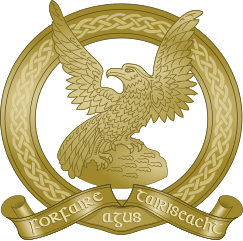

 Main Operating Base Belfast
Main Operating Base Belfast